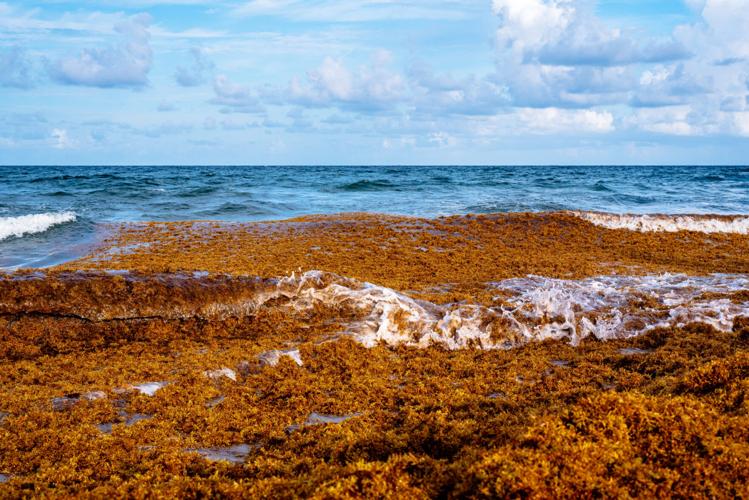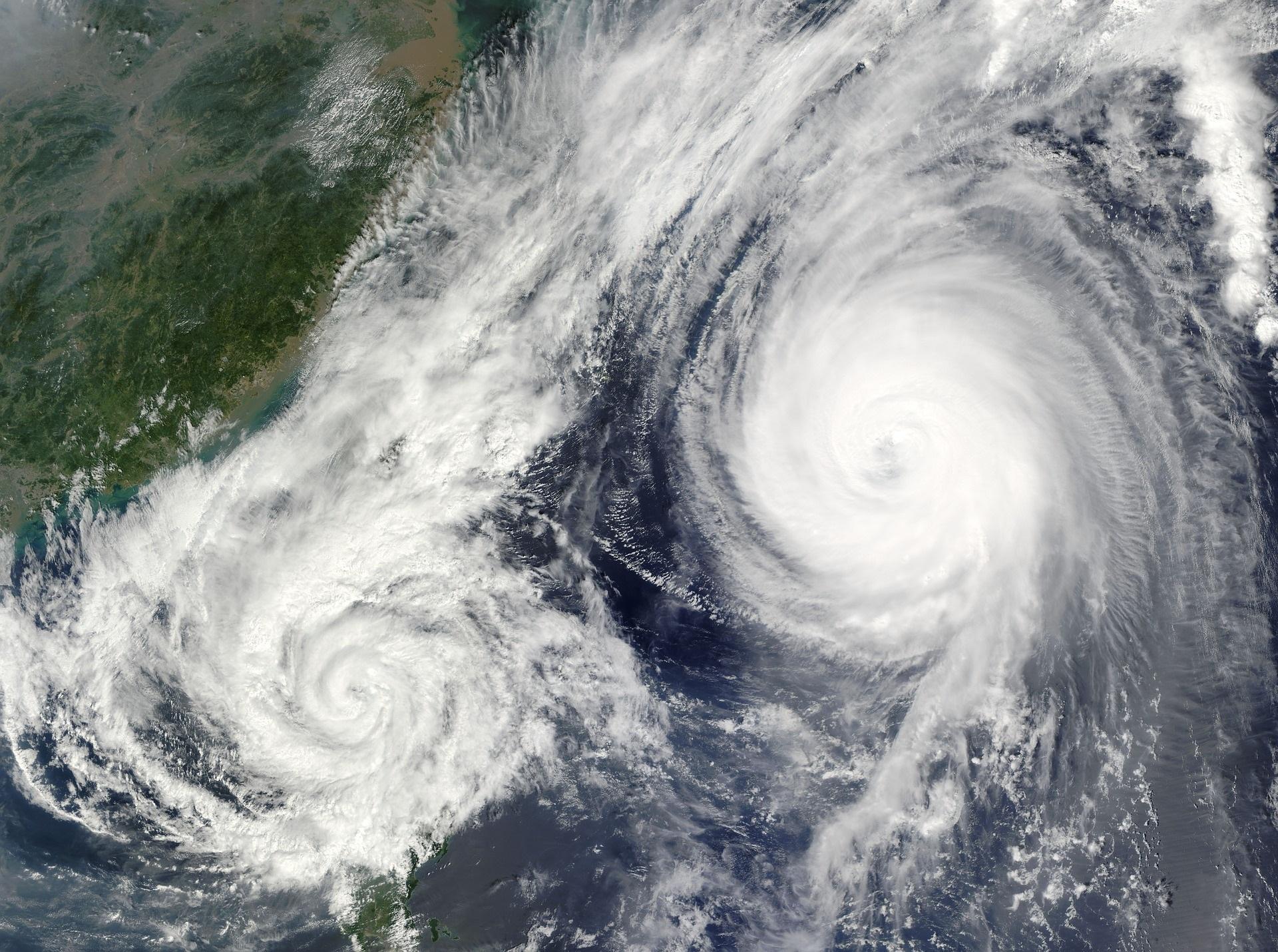Toxic Seaweed Crisis in the Atlantic: Record Sargassum Bloom Threatens Ecosystems and Economies
Toxic Seaweed Crisis in the Atlantic: Record Sargassum Bloom Threatens Ecosystems and Economies
The Atlantic Ocean is facing a worsening ecological crisis as this year’s sargassum bloom—masses of brown seaweed floating in giant patches—has already surpassed previous size records, reaching an estimated 31 million tons. Stretching across 5,500 miles of ocean and still growing, the bloom is causing widespread environmental and economic damage, especially along the coasts of Florida, the Caribbean, and Mexico.
Once a vital marine habitat, sargassum now functions as a harmful algal bloom when it washes ashore in overwhelming volumes. “It has become a major problem since 2011,” said Brian LaPointe, a research professor at Florida Atlantic University. Excessive sargassum inundations have plagued the Gulf of Mexico, South Florida, and the Caribbean year after year.
As it decomposes on beaches, sargassum releases hydrogen sulfide—a toxic gas with a foul odor that drives away tourists and harms local economies. It also poses health risks, both to people and marine ecosystems, by depleting oxygen and blocking sunlight needed by coral reefs and seagrass beds.
LaPointe links this explosive growth to two key drivers: rising ocean temperatures from climate change and nutrient overloads—particularly nitrogen—from agricultural runoff. Fertilizers from the Mississippi and Amazon River basins feed the bloom, especially during extreme droughts that release large amounts of organic matter into waterways.
In places like Florida and Mexico’s Riviera Maya, resorts and governments are struggling to manage the seaweed invasion. Massive cleanup operations involving heavy machinery remove tons of sargassum daily, while barriers are installed offshore to prevent it from reaching beaches. However, these efforts are costly and often environmentally damaging in their own right.
Christian Appendini, a coastal engineer from the National Autonomous University of Mexico, notes that decaying sargassum not only releases ammonia, which strips oxygen from coastal waters, but also leaches heavy metals it has absorbed during its ocean journey—making it toxic to both marine life and humans.
Despite the crisis, researchers see potential in repurposing sargassum. Ongoing studies explore its use in biofuels, biodegradable plastics, bricks, and water filters. Its high absorbency could even be harnessed for cleaning pollutants from water, or for carbon sequestration by sinking the biomass deep into the ocean.
“The current bloom should serve as a wake-up call,” Appendini emphasized. “This isn’t just a seasonal nuisance—it’s a long-term global issue linked to climate change, pollution, and unsustainable agricultural practices.”










